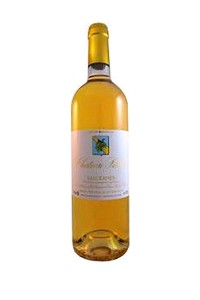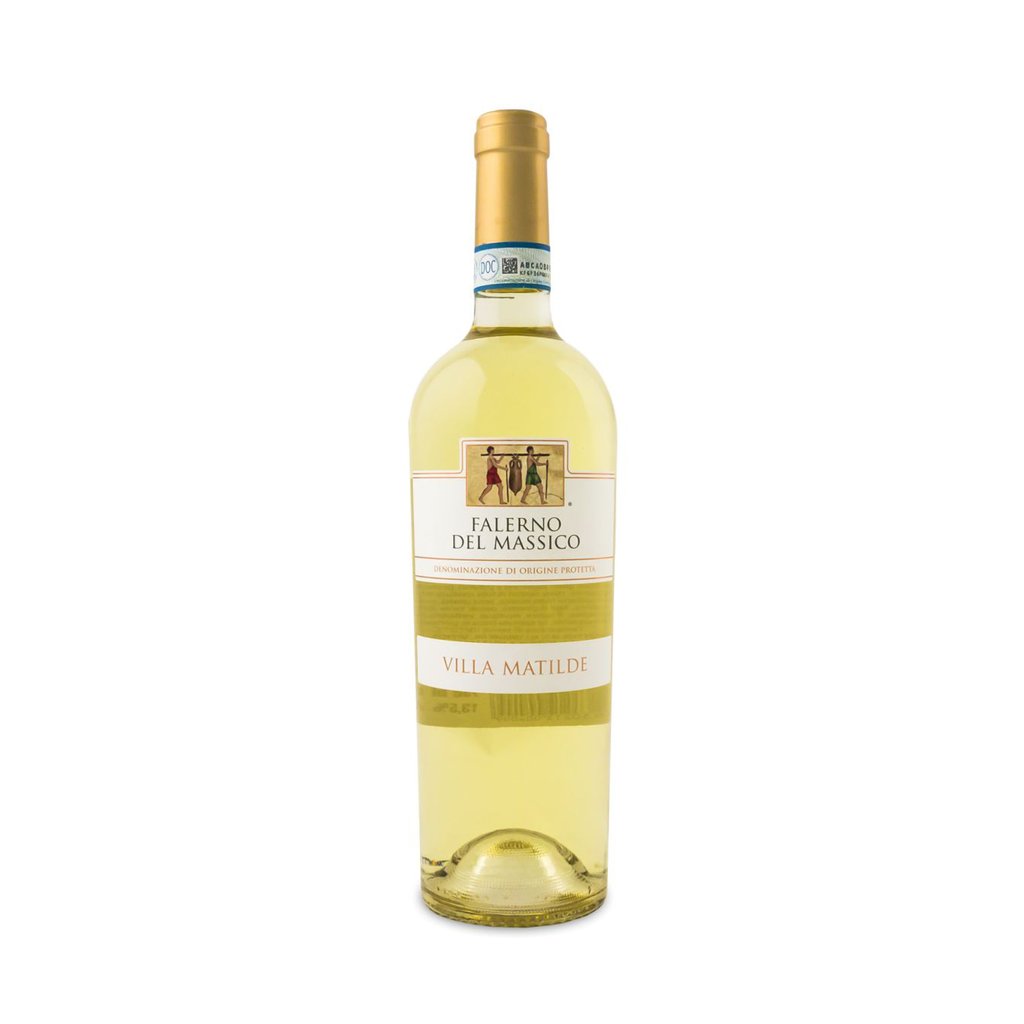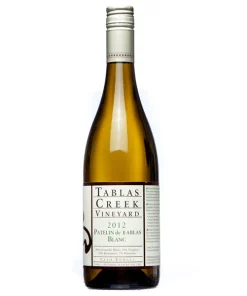2019 Chateau Piada Sauternes 375ML
$29.99
Discreet hints of flowers and spices
Out of stock
2019 Chateau Piada Sauternes
2019 Chateau Piada Sauternes The nose is fruity, elegant, racy and offers freshness as well as a very fine incisive side. It reveals notes of quince, crunchy/juicy yellow apple and small notes of crunchy small yellow plum associated with fine touches of orange zests, kumquat as well as discreet hints of flowers and spices. The palate is fruity, well-balanced, racy and offers a juicy/acidulous frame, fat, a fine unctuosity, generosity as well as a fine tension.
Situated on the high plateau of Barsac, the estate of Château Piada mentioned in the “Hommages d’Aquitaine” in 1274 is one of the oldest vineyard of Barsac & Sauterne. Protected from winds off the Atlantic by the vast Landes forest, the vineyards of Graves and Sauternes stretch along a narrow band of land on the left bank of the Garonne river between Bordeaux to the north and Langon to the South.
White Wines
The white wines that are made in Central Italy are not flashy or famous, but they can certainly be delicious. This area is known for making clean, light, white wines that are refreshing. You will not find many famous grapes grown in this region, but you will find some great values. Italian white wines can be very frustrating and confusing. They do not make many wines from grapes that most people are familiar with. However, some of the local grapes that are used can make wines that are elegant, refreshing, and fun.
A lot of the really great white wines from Central Italy are going to be simple and light. They do not have a ton of strong fruit flavors, but can often produce subtly beautiful flavors of tart stone fruits, white flowers, and often almonds. Keep your eyes open for the underrated wines of Verdicchio di Matelica or Verdicchio dei Castelli di Jesi.
The production methods used to make white wine feature a number of key differences from those used to produce red wine.
By far the biggest difference between the two production methods has to do with the type of taste winemakers are trying to achieve. As noted above, red wines typically follow a different set of taste guidelines than that of white wine. The rich, bold, and strong flavors of red wine are achieved by increasing oxygen exposure, which rids the wine of the fruity, florally overtones that are intrinsic to the grapes. In order to attain this increased oxygen exposure, red wine is typically aged in oak barrels, since the pores of the wood allow oxygen to circulate through the wine.
Related products
White Wine from Southwest France, France
White Blend
White Wine from Bordeaux, France






